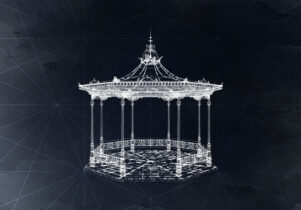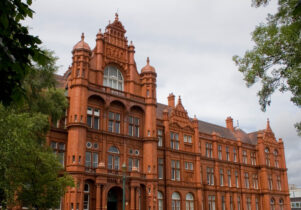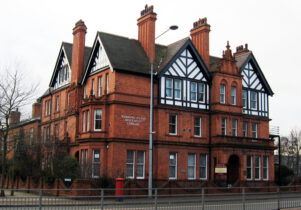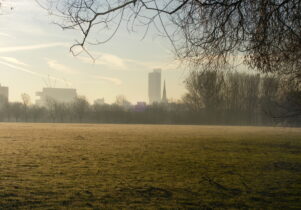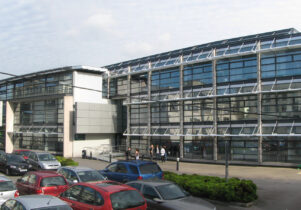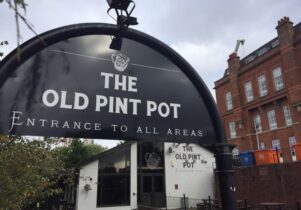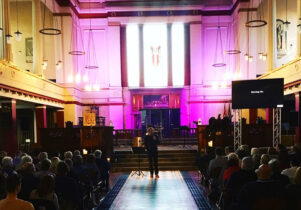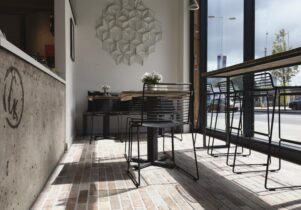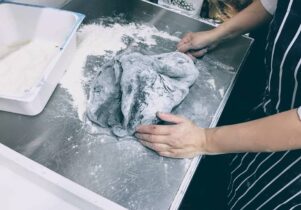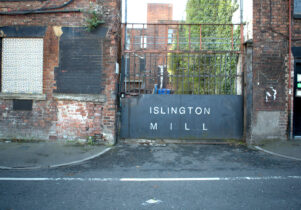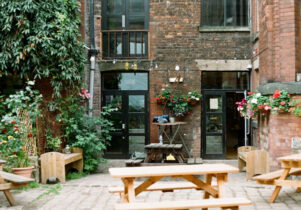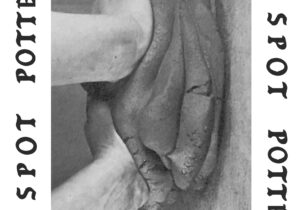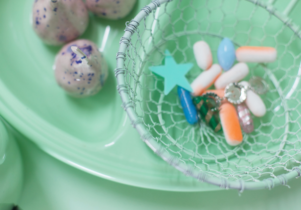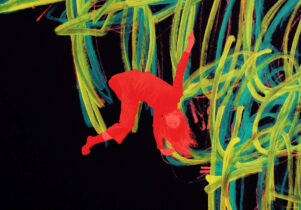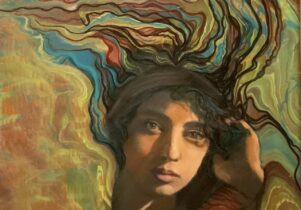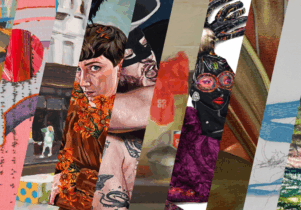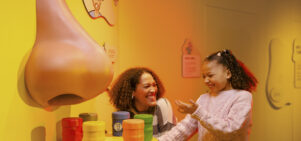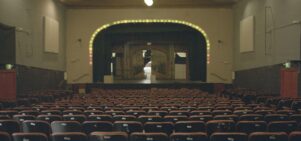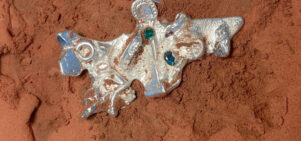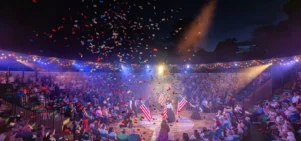You Belong Here: Artists Rediscovering Salford’s Green Spaces at Salford Museum & Art Gallery
Sara Jaspan, Exhibitions EditorVisit now
You Belong Here: Artists Rediscovering Salford’s Green Spaces
Always double check opening hours with the venue before making a special visit.
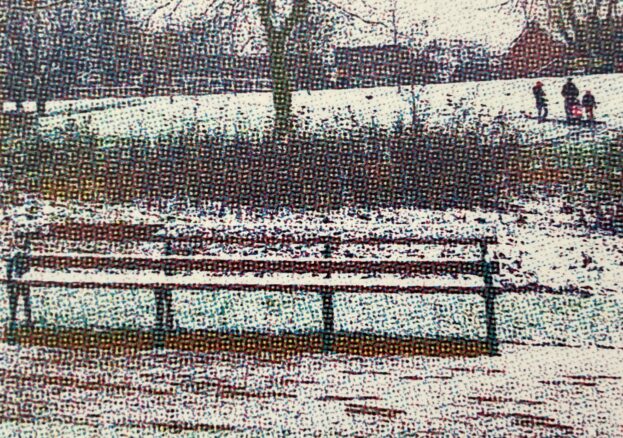
It’s easy to get lost in the day-to-day experience of a city, especially one that you live in or have grown accustomed to, and forget to wonder about the past that shaped it. As soon as you begin to scratch beneath the surface, however, fascinating stories quickly begin to unfold. Peel Park in Salford, for example, is a place familiar to and enjoyed by many. Yet not everyone will be aware of its historic significance as one of the first publicly owned open-access parks in Britain; opened in 1846 following a major public campaign (backed by the then prime minister Sir Robert Peel) and paid for entirely by public subscription. There are many other green spaces in Salford that reveal insights into the city’s unique and often radical history which are not widely known about.
Inspired by the launch of RHS Garden Bridgewater – a new public display garden in the historic grounds of Worsley New Hall – Rediscovering Salford is a city-wide programme that highlights Salford’s green spaces and the stories that they tell. Forming part of this, Salford Museum & Art Gallery is preparing to present You Belong Here: Artists Rediscovering Salford’s Green Spaces – a new exhibition and events programme that will include new commissions by four Salford-based artists.
Of these, Cheddar Gorgeous has employed the art of drag to embark on an exploration through local memories, rumours and history, settling on the story of Madam Mort (‘the Grey Lady’) – an 18th century figure now said to haunt the woodland in Little Hulton. Hilary Jack has sought to resurrect the ghostly traces of Salford’s ‘lost buildings’ and changing architecture – from historic mansions, mills, bothys and weavers’ cottages, to more contemporary tower blocks and terraces – by recreating them as sculptural birdboxes to house the city’s declining bird population. Jack Brown has used installation and video to comment upon the unauthorised ways in which people have always interacted with parks and green spaces, from creating their own routes and pathways (‘desire lines’) to building dens, erecting rope swings, and forming illicit drinking spots. Lizzie King, meanwhile, has focused on the history of Peel Park and its significance as a place where anyone can come and have a right to be, using the park bench to symbolise how humans have a place within the landscape.
All four commissions will be presented alongside archival photographs and artworks depicting Salford’s parks and ‘lost’ halls, including works by two of Salford’s most well-known artists, L.S. Lowry and Harold Riley.
Also make sure to also check out artist Laura Daly’s immersive artwork, The Storm Cone, presented in Peel Park and featuring music by Laura Pankhurst, that reveals lost park bandstands and their forgotten histories.
